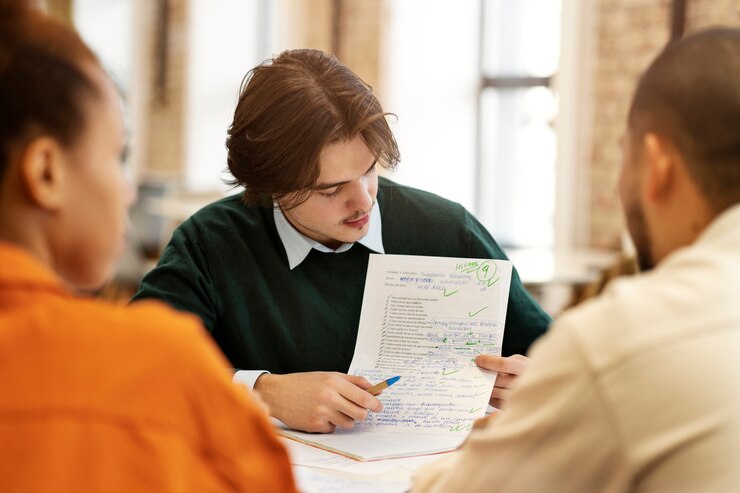Assessment Techniques: Measuring Student Learning Effectively
In the ever-evolving landscape of education, the ability to measure student learning effectively is paramount.Read More
Formative assessments are ongoing evaluations that occur during the learning process. Unlike summative assessments, which measure learning at the end of a unit or course, formative assessments provide real-time feedback that can guide instruction. Techniques such as quizzes, class discussions, and reflective journals allow educators to identify areas where students may be struggling and adjust their teaching strategies accordingly. Incorporating formative assessments not only supports student learning but also encourages a growth mindset, as students become more aware of their learning progress. Summative assessments evaluate student learning at the end of a particular instructional period. These assessments, such as final exams, standardized tests, and projects, provide a comprehensive overview of what students have learned. While they are essential for measuring academic achievement, it’s crucial to align these assessments with learning objectives. By ensuring that summative assessments reflect the content taught, educators can obtain accurate measures of student understanding and readiness for subsequent levels of learning. Authentic assessments aim to evaluate students’ abilities in real-world contexts. This approach encourages learners to apply their knowledge and skills to practical situations, enhancing their engagement and motivation. Examples of authentic assessments include portfolios, presentations, and performance tasks that simulate real-life challenges. By assessing students in authentic settings, educators can better measure the relevance and applicability of their learning, ultimately preparing them for future success in their careers and personal lives. Peer and self-assessment foster a culture of collaboration and self-reflection among students. In peer assessment, students evaluate each other’s work based on predefined criteria, promoting critical thinking and constructive feedback. Self-assessment encourages students to reflect on their own learning, helping them identify strengths and areas for improvement. These assessment techniques empower students to take ownership of their learning journey, enhancing their metacognitive skills and boosting their confidence. The integration of technology in assessment offers innovative ways to measure student learning. Online quizzes, interactive simulations, and digital portfolios can provide instant feedback and cater to diverse learning styles. Technology-enhanced assessments also allow for greater flexibility and accessibility, enabling educators to reach a broader range of learners. By leveraging technology, educators can create dynamic assessment experiences that engage students and promote deeper learning. Effective assessment techniques are vital for measuring student learning and driving educational improvement. By employing a mix of formative and summative assessments, authentic evaluations, and innovative technology-enhanced methods, educators can create a comprehensive approach to assessment that meets the diverse needs of their students. These techniques not only help measure learning outcomes but also foster an engaging and supportive learning environment that encourages continuous growth and development. Embracing these assessment strategies can lead to enhanced educational experiences and better prepare students for the challenges of the future.1. Formative Assessments
2. Summative Assessments
3. Authentic Assessments
4. Peer and Self-Assessment
5. Technology-Enhanced Assessments
Conclusion

